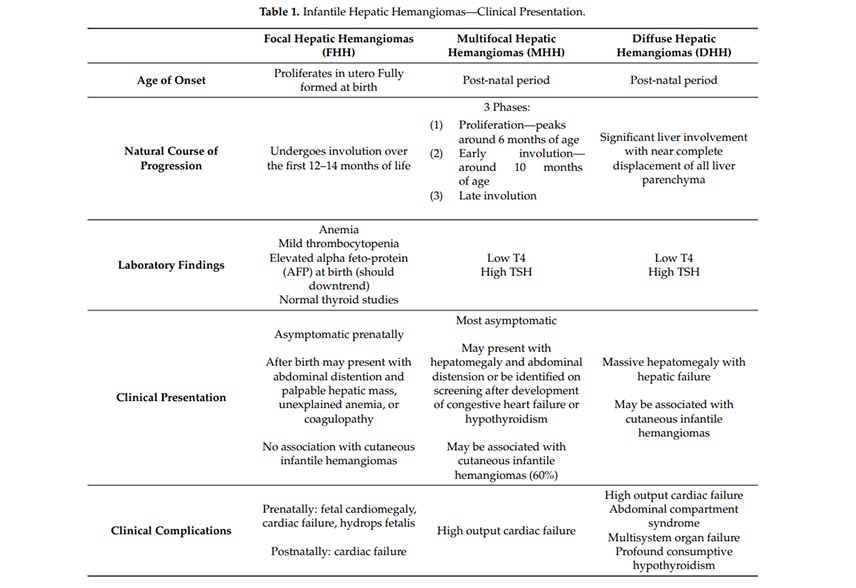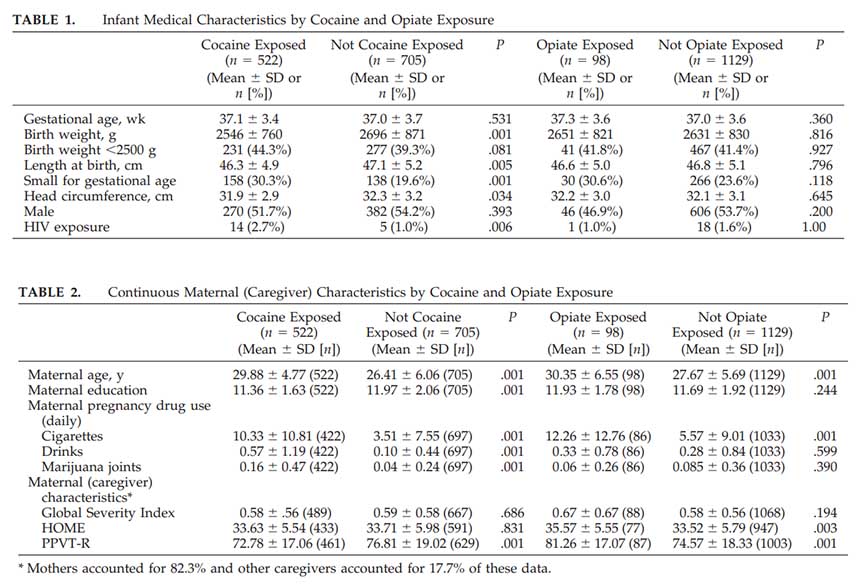What is Musculoskeletal Ultrasound Used For?
Musculoskeletal ultrasound (MSK US) is a dynamic imaging tool that transforms physical therapy—offering real-time, high-resolution visuals of muscles, tendons, ligaments, and joints without radiation, needles, or long waits. For patients recovering from injuries, managing chronic pain, or improving function, it’s a game-changer for personalized care. Below we explore its core benefits, key applications, and future potential.

Trend of MSK Ultrasound in Physical Therapy
Portable and Point-of-Care Imaging: Care Anywhere, Anytime
Smaller handheld MSK US devices enable off-clinic use: on-field sports injury assessments, in-home checks for homebound seniors (e.g., post-hip replacement), or rural clinic support—expanding access to quality care.
AI Integration: Enhancing Accuracy and Personalization
AI analyzes scans in seconds, flagging subtle issues (early tendonitis) or predicting outcomes (recovery time, exercise effectiveness). For an Achilles tear, AI tailors plans to tear size, age, and activity—augmenting therapist expertise without replacement. Periodmed ultrasound is dedicated to making MSK ultrasound accessible and cost-effective for partners globally.

Common Applications: How MSK US Transforms Patient Care
Diagnosing Soft Tissue Injuries: Precision Beyond Symptomology
MSK US clarifies overlapping symptoms: an ankle pain patient might have a peroneal tendon tear (not just a sprain), while tennis elbow scans reveal microtears or tendon thickening. This precision reduces misdiagnosis and targets treatments (rest, exercises, manual therapy).
Guiding Rehabilitation Exercises: Ensuring Correct Muscle Activation
As a biofeedback tool, MSK US verifies muscle engagement. For rotator cuff repair patients, it ensures deltoid/supraspinatus activation (not just trapezius compensation); for post-stroke gait training, it corrects leg muscle imbalances—boosting exercise efficiency and reducing secondary injuries.
Assessing and Treating Chronic Pain: Uncovering Hidden Causes
MSK US identifies root causes of chronic pain: lower back pain may stem from a herniated disc or muscle imbalance, while shoulder impingement shows bursa swelling or tendon thickening. Therapists then tailor treatments (manual therapy, ultrasound-guided dry needling for carpal tunnel).

Monitoring Progress: Objective Data for Better Outcomes
MSK US provides measurable progress: monthly scans track quadriceps tear healing (muscle thickness, swelling) or osteoarthritis progression (joint fluid, cartilage health). Therapists adjust plans (e.g., adding eccentric exercises) if healing lags, ensuring evidence-based care.
Evaluating Pelvic Floor Dysfunction: A Non-Invasive Solution
MSK US avoids invasive exams for issues like incontinence or pelvic pain. Transabdominal/transvaginal scans (with consent) visualize muscle contraction, guiding targeted plans—e.g., Kegel exercises for weak pelvic floors or manual therapy for spasms—reducing stigma and improving access.
Guiding Injections and Interventions: Precision for Maximum Efficacy
Real-time guidance ensures accurate needle placement for injections (corticosteroids, PRP) or dry needling. For severe tennis elbow, it targets the lateral epicondyle tendon sheath, boosting effectiveness and reducing side effects (tissue damage, infection).
Why MSK Ultrasound Stands Out: Core Benefits for Physical Therapy
MSK US integrates seamlessly into therapy by prioritizing safety, accessibility, and patient engagement:
Non-Invasive and Radiation-Free: Safety First
Using high-frequency sound waves, MSK US avoids radiation risks, making it safe for repeated evaluations (e.g., monthly checks for runners with shin splints) and vulnerable groups (pregnant individuals, children). Therapists can also conduct on-the-spot assessments to adjust plans immediately.
Real-Time Dynamic Imaging: Seeing Movement in Action
Unlike static MRI, MSK US provides live footage of moving muscles/joints. For example, it can visualize rotator cuff tendons during overhead movements, uncovering impingements or weaknesses that static imaging misses—turning vague symptoms into actionable data.

Cost-Effective and Accessible: Care for All
Far cheaper than MRI (often a fraction of the cost) and widely available via portable devices, MSK US eliminates barriers like travel to imaging centers. A rural senior with knee pain, for instance, can get same-day assessments at local clinics, enabling frequent progress monitoring.
Enhancing Patient Engagement: Visualizing Progress
Immediate visual feedback (e.g., reduced swelling in a healing hamstring) turns abstract concepts into concrete images. This motivates patients to stick to plans—e.g., showing which muscles aren’t activating during exercises to correct form.
Wrapping Up
MSK US is more than imaging; it’s a care partner. Its real-time, non-invasive, cost-effective visuals improve diagnosis, exercise guidance, and progress tracking—delivering faster recovery, personalized plans, and patient empowerment. As portable tech and AI advance, MSK US will deepen its role in physical therapy, upholding the profession’s core mission: helping people move, feel, and live better.

















 EN
EN CN
CN


